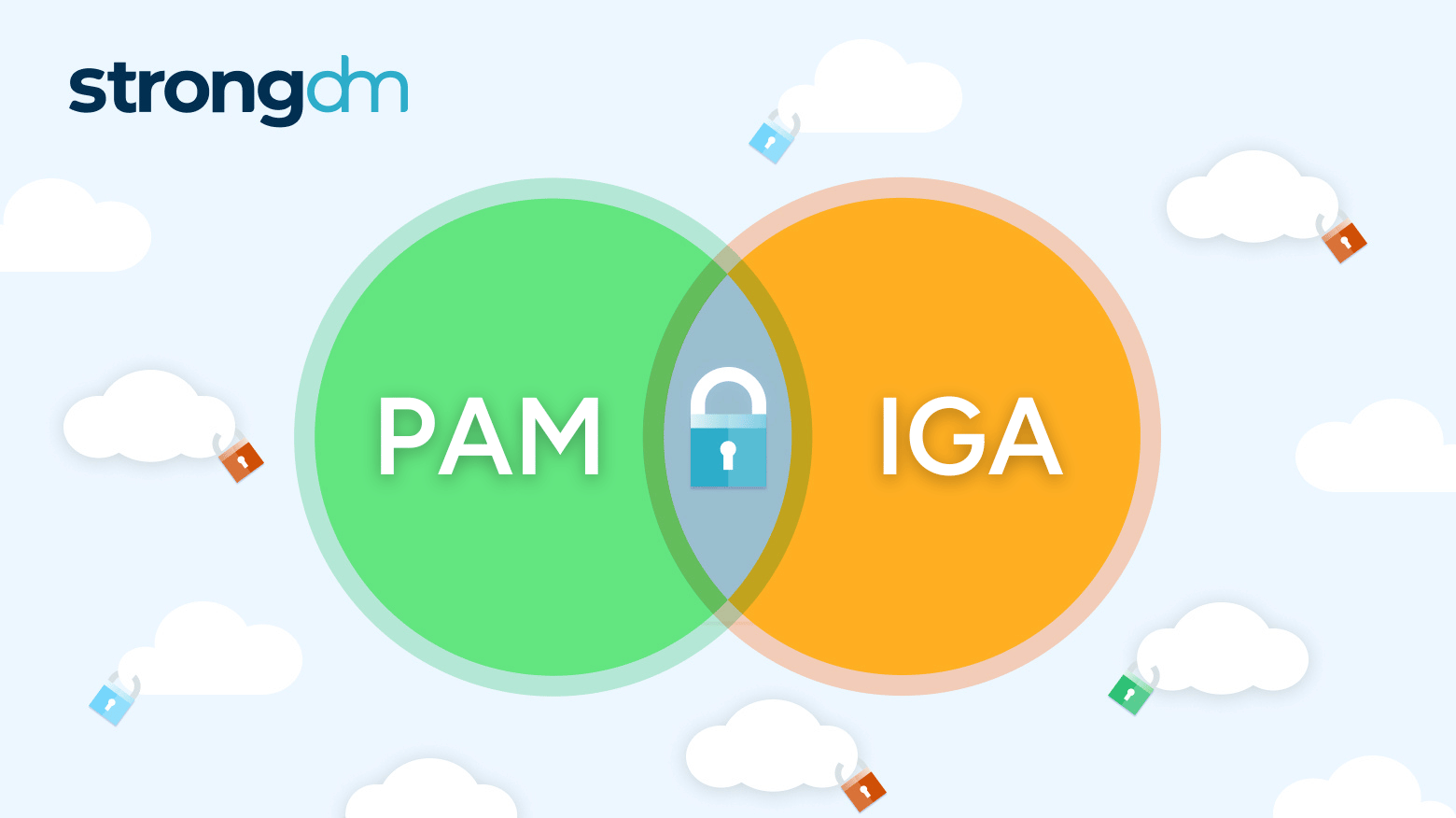
Latest blog posts from Fazila

IGA (Identity Governance and Administration) manages user identities and access across the organization, ensuring proper access and compliance. PAM (Privileged Access Management) secures privileged accounts with elevated permissions by using measures like credential vaulting and session monitoring to prevent misuse. While IGA handles overall user access, PAM adds security for the most sensitive accounts.
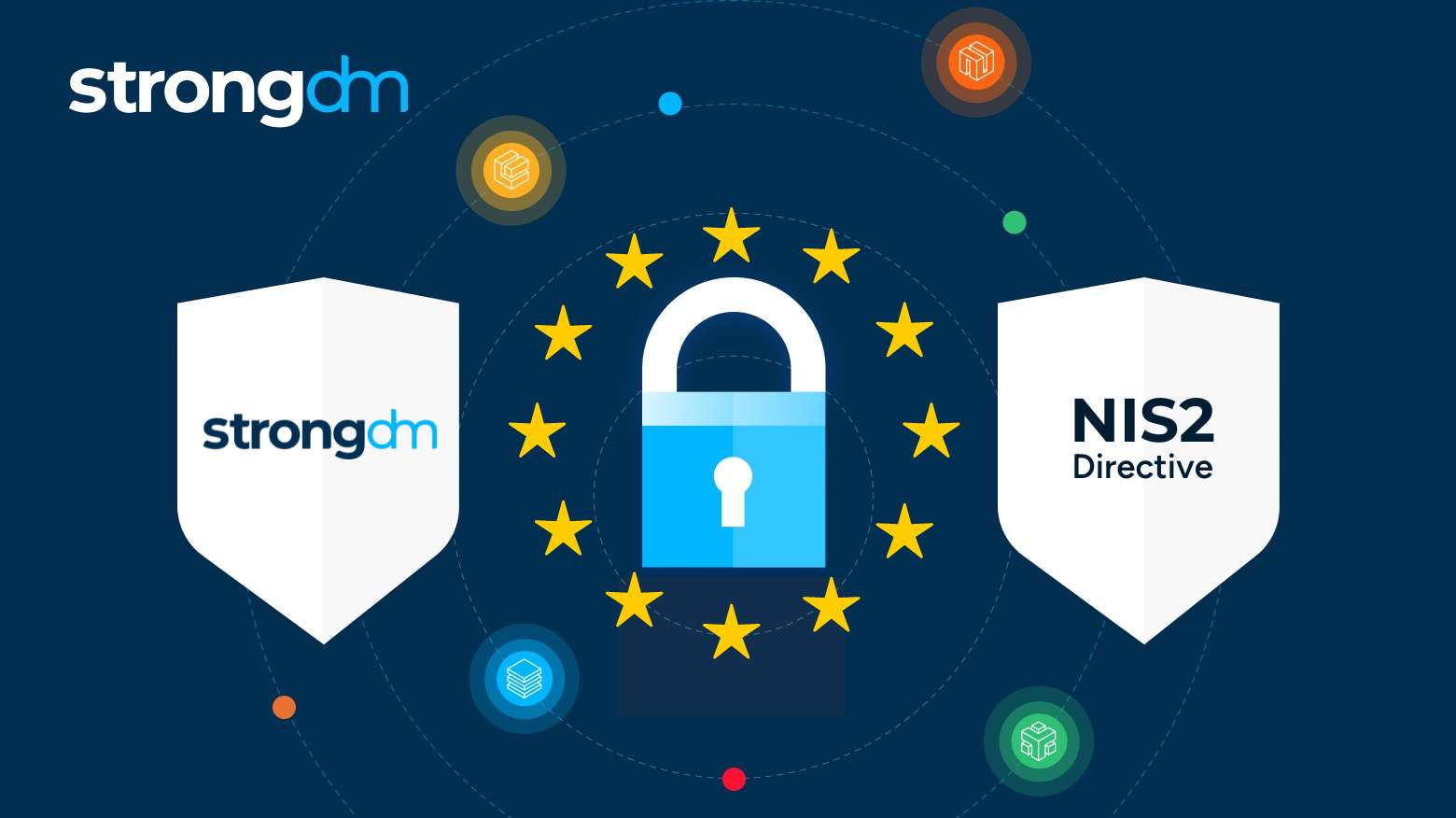
The NIS2 Directive establishes comprehensive cybersecurity legislation across the European Union. Building upon its predecessor, the Network and Information Security (NIS) Directive, the goal of NIS2 is to standardize cybersecurity practices among EU Member States. Much like the General Data Protection Regulation (GDPR), NIS2 seeks to unify strategies and actions throughout the EU to fortify digital infrastructure against the escalating threat of cyberattacks.
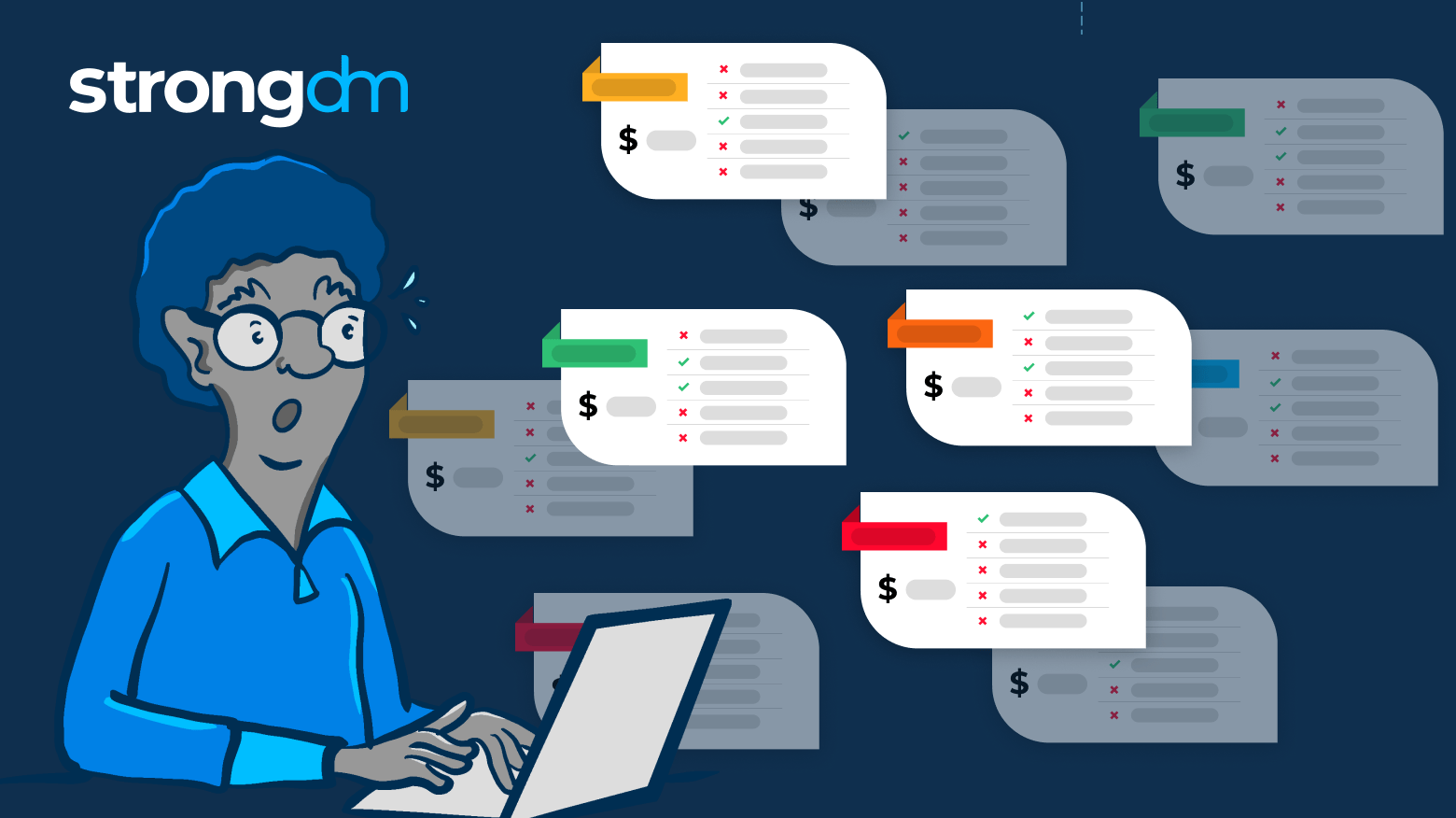
Financial services companies handle a vast amount of sensitive data, including the personal and financial information of their customers. This makes them a prime target for hackers and cybercriminals who want to steal that data. Hackers are constantly finding new ways to break through the walls of enterprise environments. If successful, they can cause serious problems like identity theft or fake transactions, impacting individuals and companies financially.
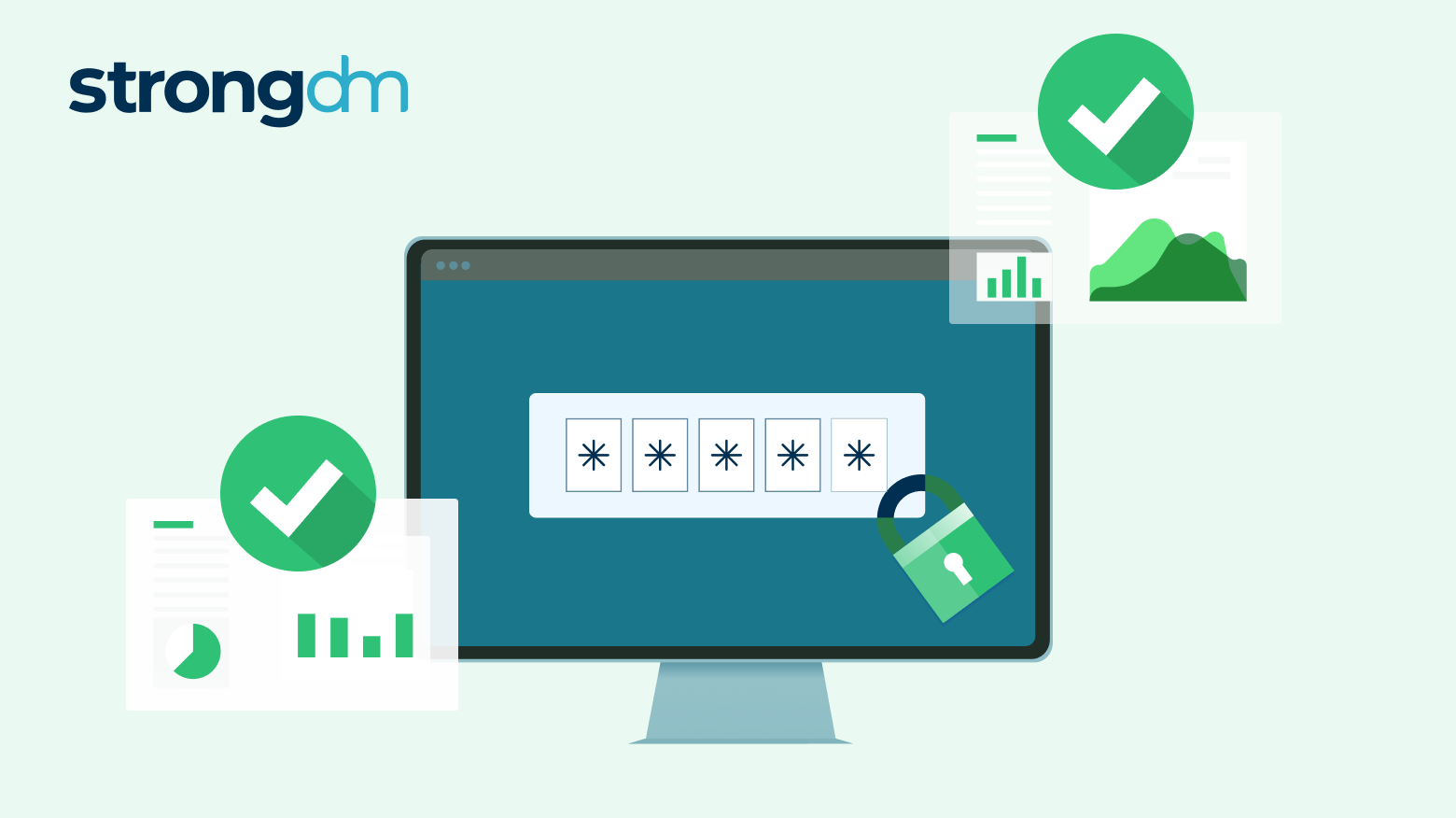
Weak passwords are the third most common attack vector for malicious actors — and often the most difficult for enterprises to control since individual employees typically choose their own passwords. Effectively managing passwords is critical in safeguarding your organization’s assets, maintaining regulatory compliance, and minimizing security risks. In this article, we’ll share 13 password management best practices that will help you keep your systems and data safe from password-related attacks.
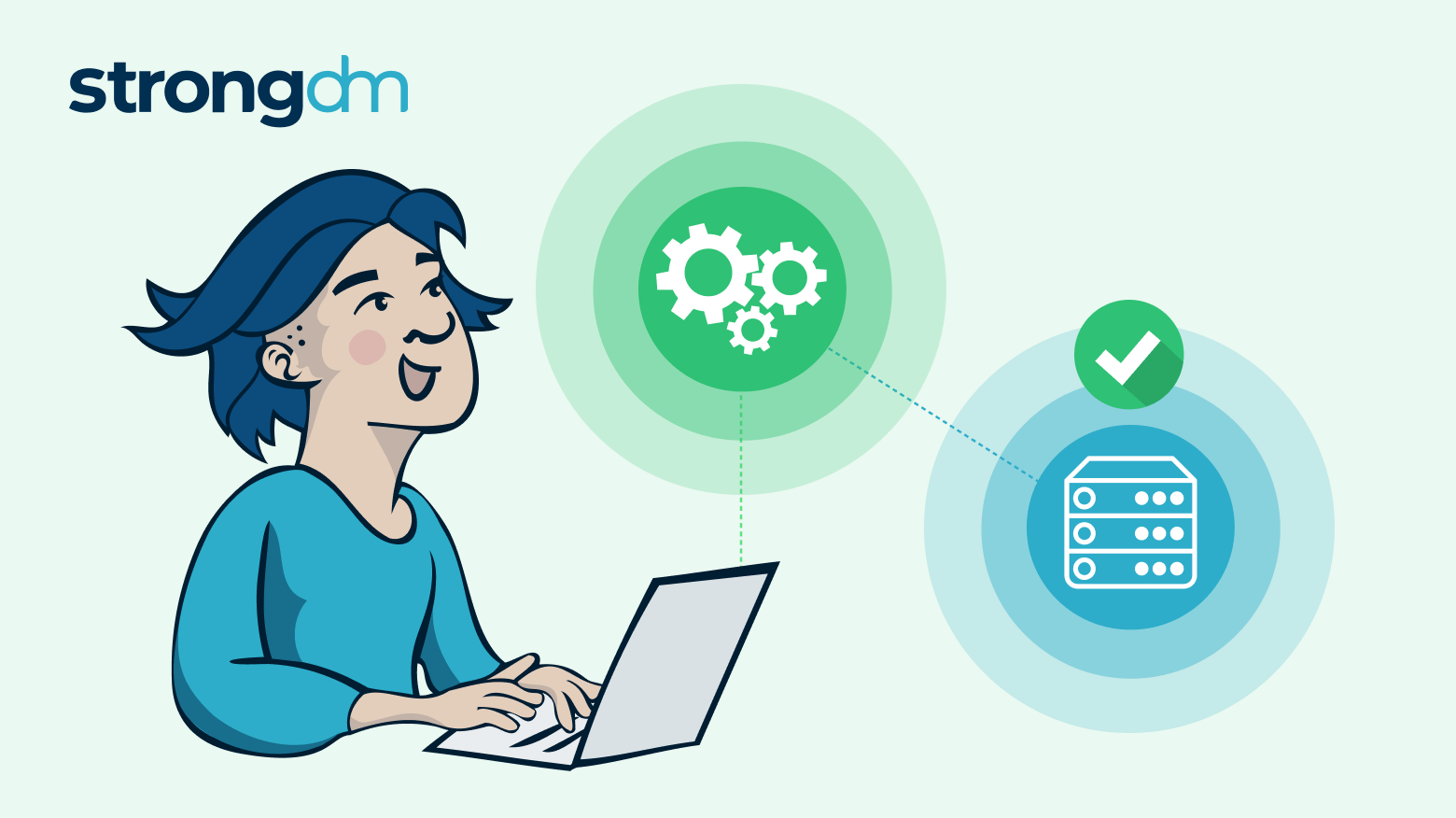
Implementing robust API security best practices prevents unauthorized access, protects your organization's reputation, and ensures the trust and confidence of your users. Let’s look at 13 best practices that will keep your APIs on lockdown.
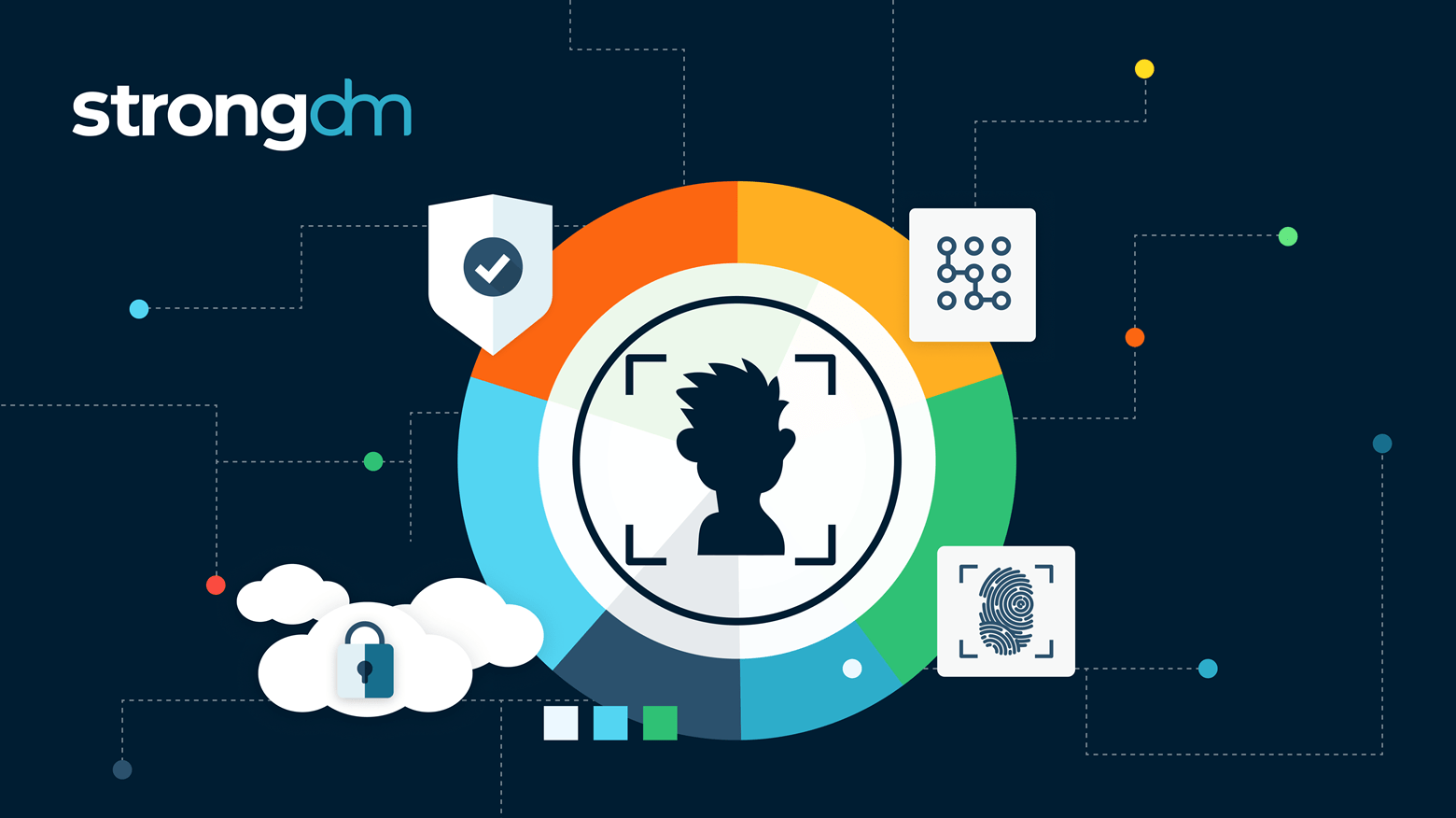
Context-based access controls refer to a dynamic and adaptive approach to managing security policies in modern infrastructure. Addressing challenges in enforcing consistent security across diverse platforms, these policies consider factors such as device posture and geo-location to adjust access controls dynamically. By narrowing access based on contextual parameters, they reduce the attack surface, enhance security, and streamline policy administration, ensuring compliance in evolving
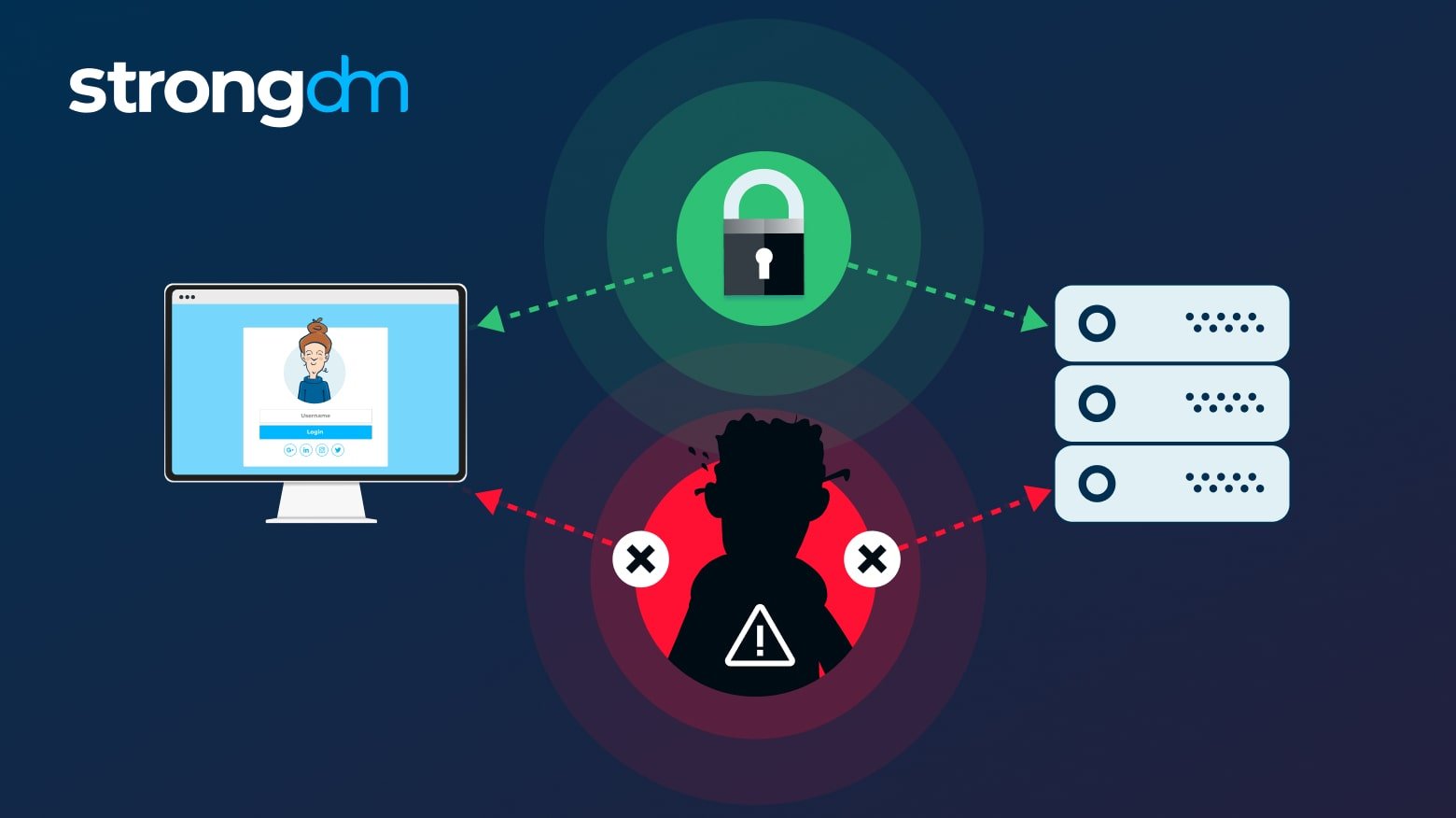
It’s difficult to detect MITM attacks, and attackers can target anyone online. Hackers can capture user credentials from customers by attacking sites or apps that require login authentication. They may also target businesses with sites or apps that store customer or financial information.Want to know how to prevent man-in-the-middle attacks? Follow these 10 proven strategies.
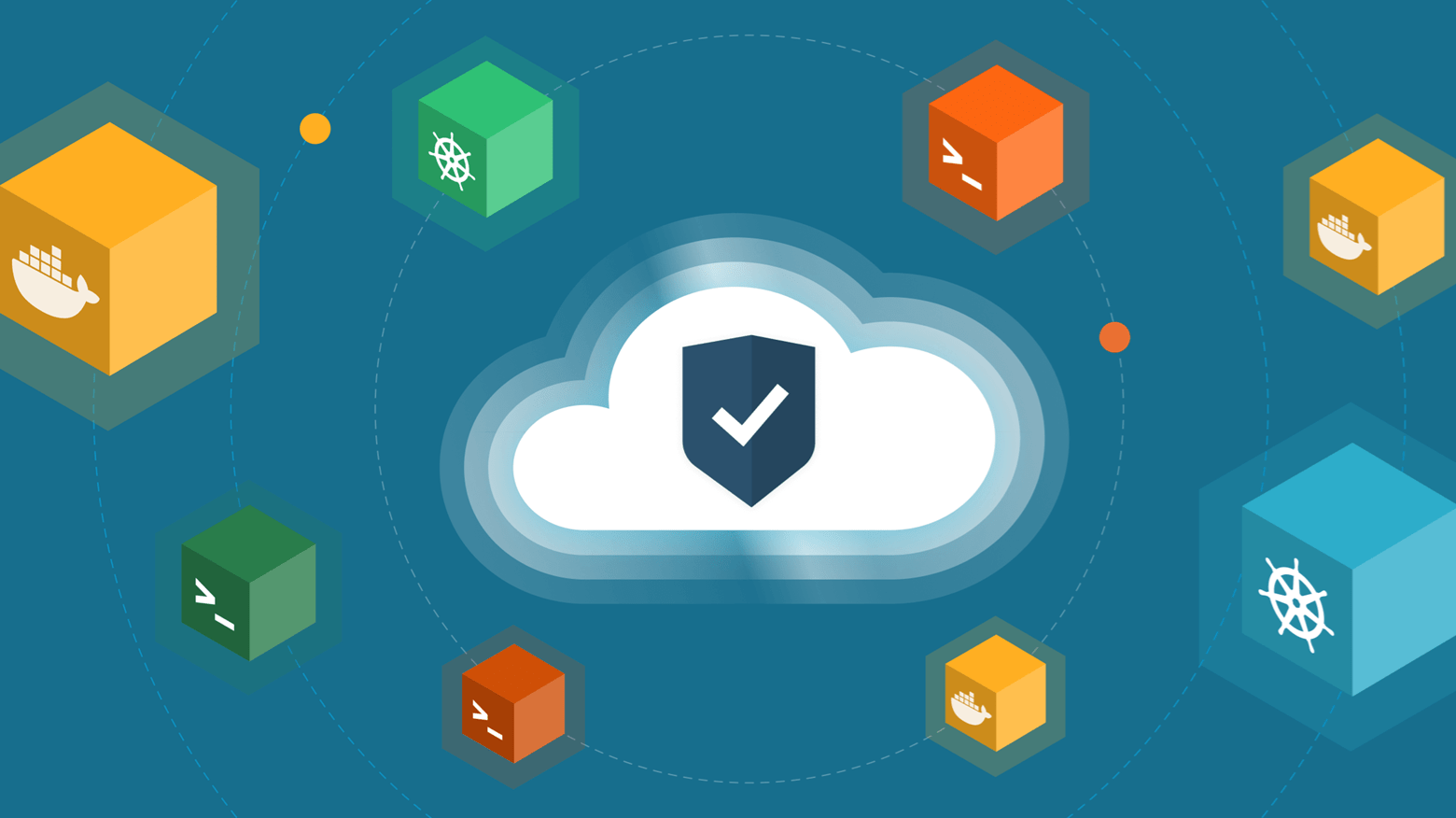
The way that people work continues to evolve, and as a result, so do the ways that they must authenticate into their organization’s resources and systems. Where once you simply had to be hardwired into the local office network, now you must expand your perimeter to include remote and hybrid workforces, on-prem and cloud environments, and take into account a growing list of factors that impact how and where people access critical company resources.
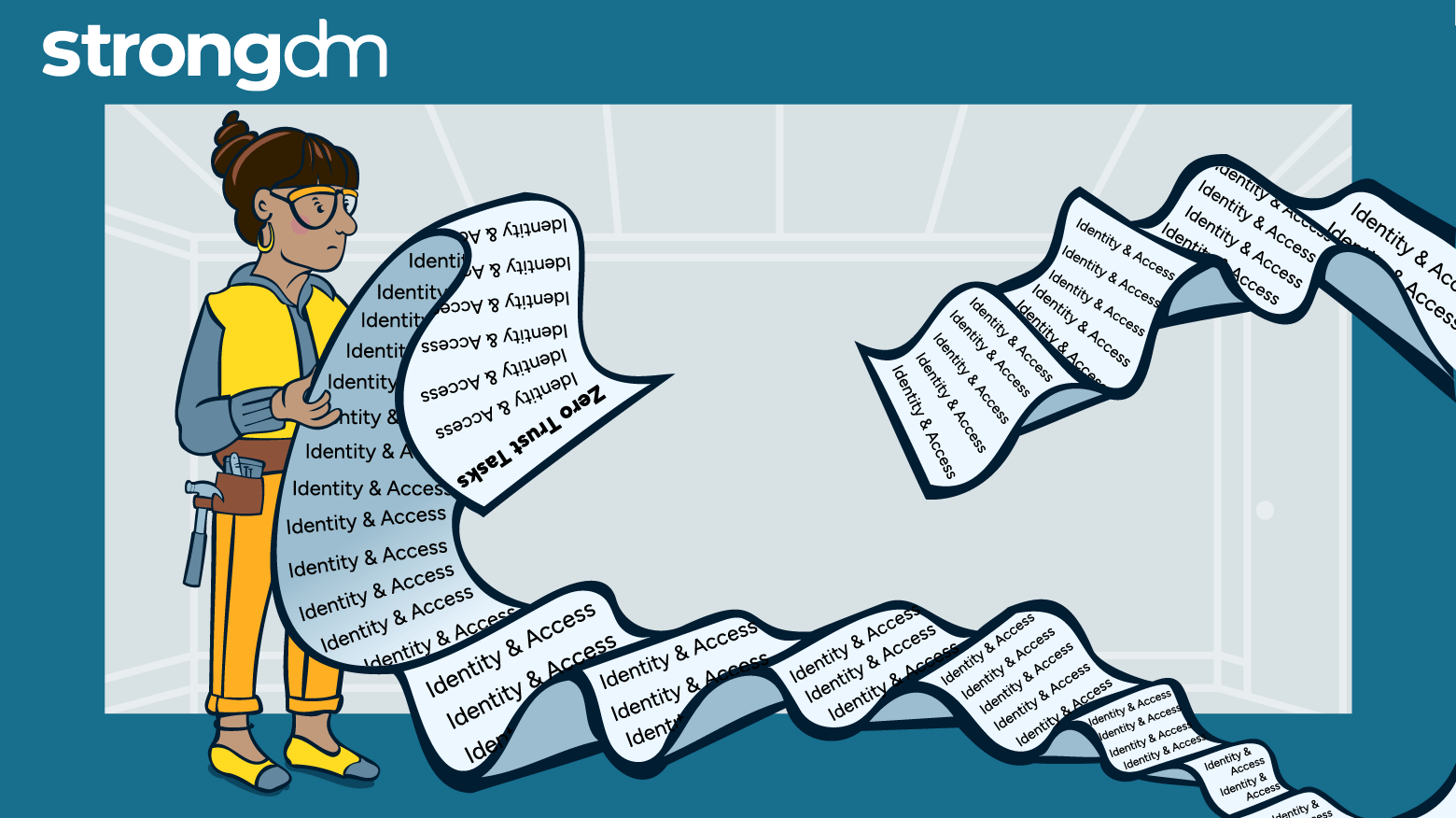
Adherents to the Zero Trust security model, live according to a policy of “never trust, always verify.” It requires all devices and users to be authenticated, authorized, and regularly validated before being granted access, regardless of whether they are inside or outside an organization's network. But the catch is that authentication and authorization don’t just happen at the first touch.
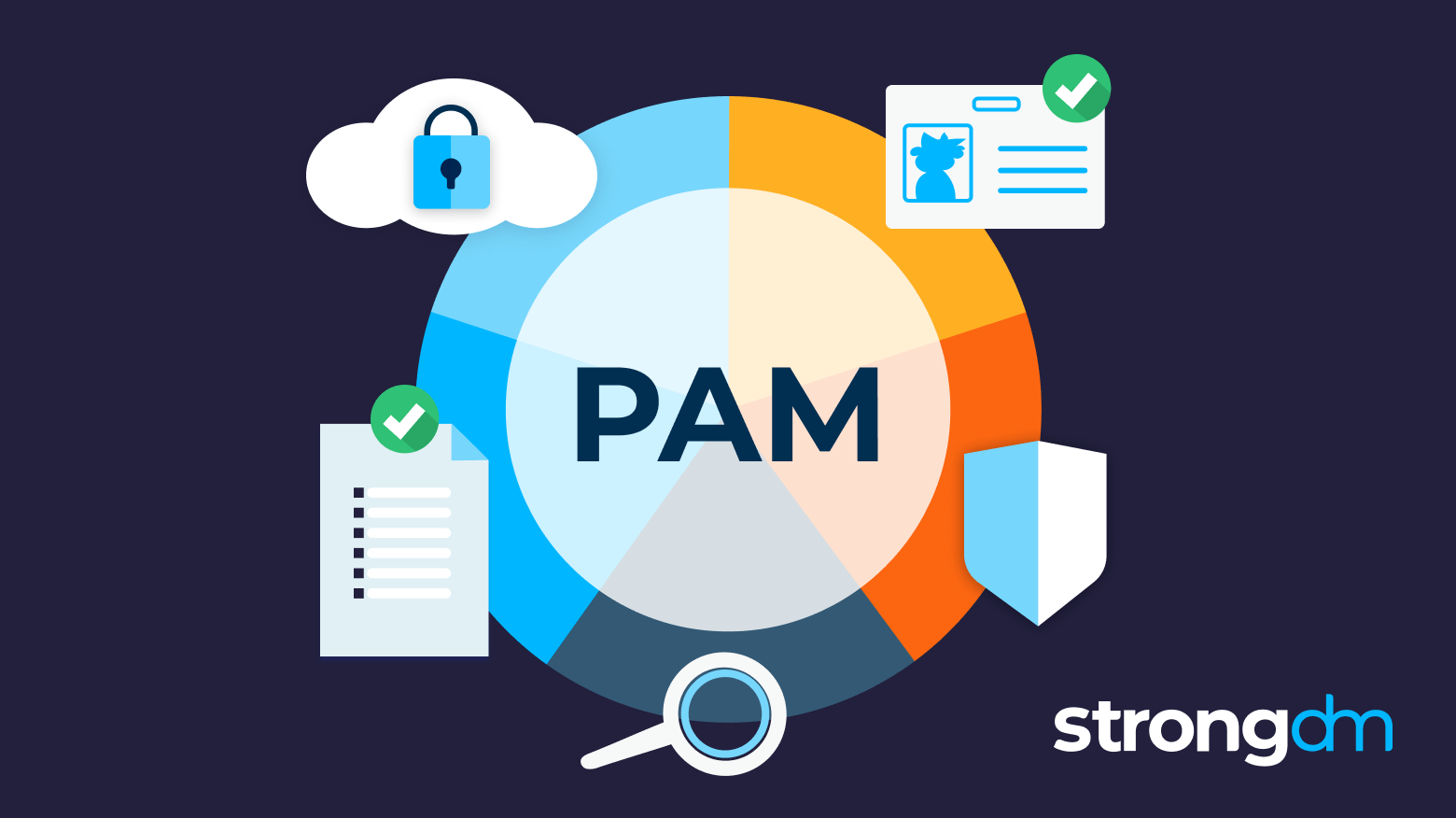
Understanding the pillars of access control and following best practices for PAM gives you a roadmap to an implementation that is secure and comprehensive with no security gaps. This article contains nine essential privileged access management best practices recommended by our skilled and experienced identity and access management (IAM) experts.
![How to Prevent Credential Stuffing [9 Best Practices]](https://discover.strongdm.com/hubfs/credential-stuffing-prevention.png)
In this article, we’ll explore the risks of credential stuffing attacks, common techniques used by attackers, signs that your accounts may be compromised, and credential stuffing prevention techniques you can use to reduce your risk.
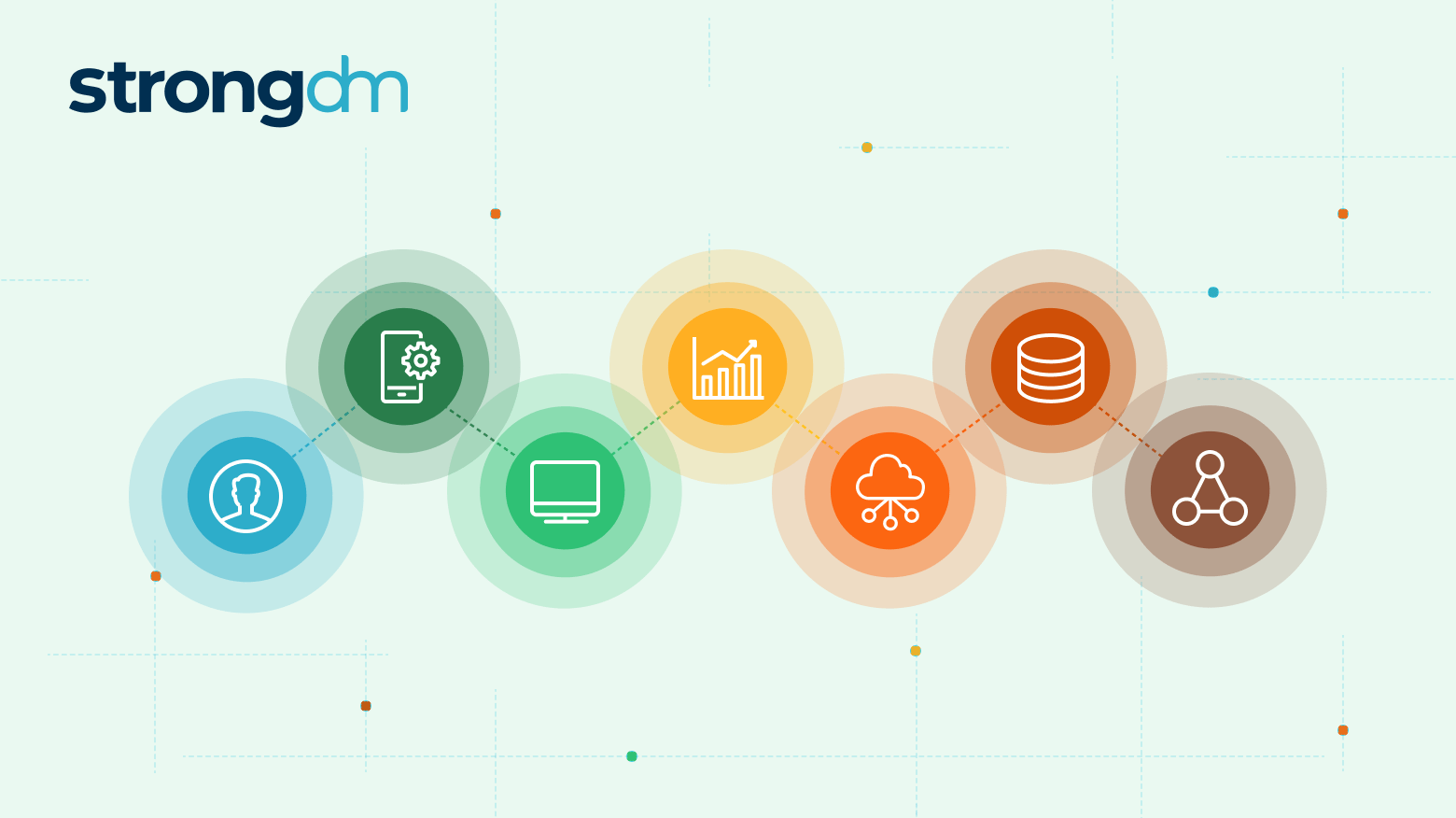
In this blog, we’ll offer a blueprint for how to implement Zero Trust security effectively to help your organization initiate and manage access management for all your users, devices, and resources.

Fine-grained access control systems determine a user’s access rights—to infrastructure, data, or resources, for example—once past initial authentication. Unlike coarse-grained access control (CGAC), which relies on a single factor, such as role, to grant access, FGAC relies on multiple factors. For example, it may consider policies (policy-based access control, or PBAC), attributes (attribute-based access control, or RBAC), or a user’s behavior in a certain context (behavior-based access


